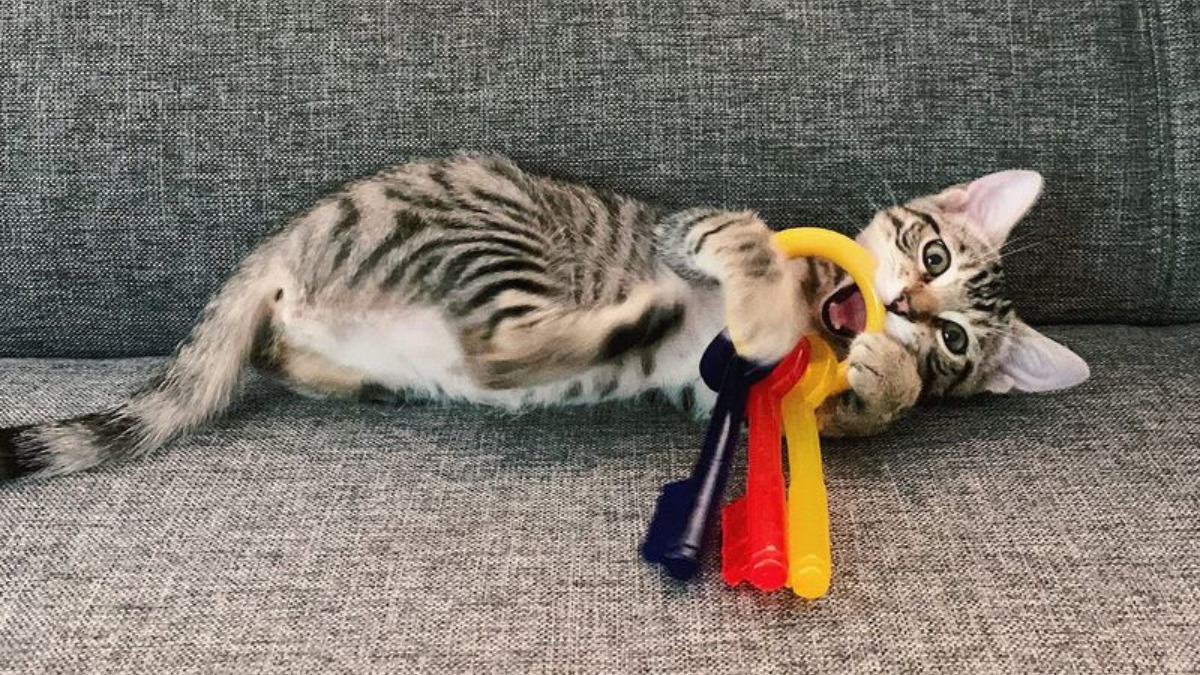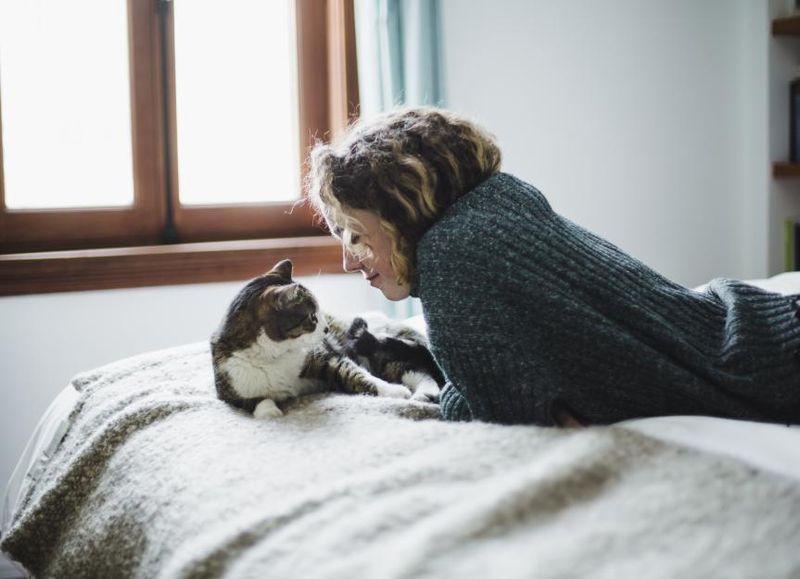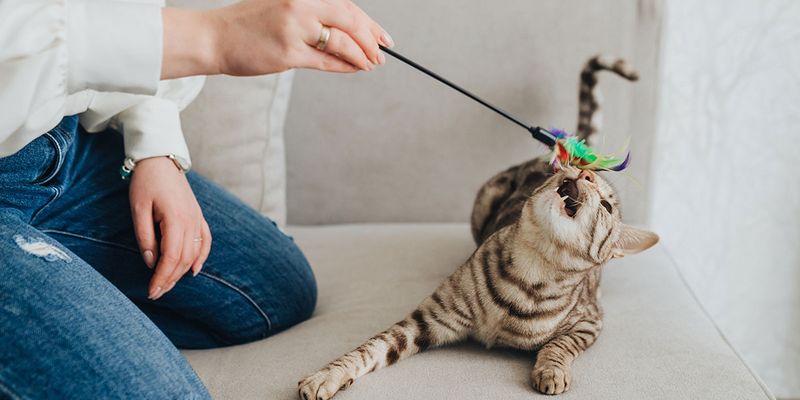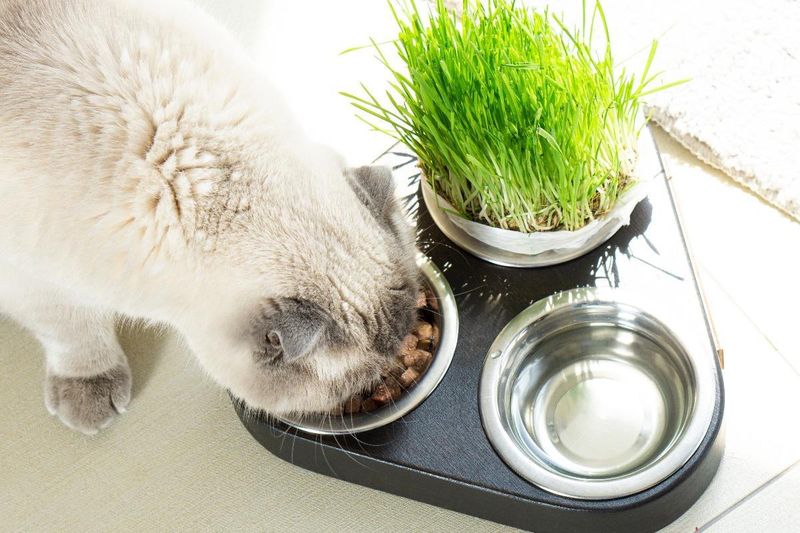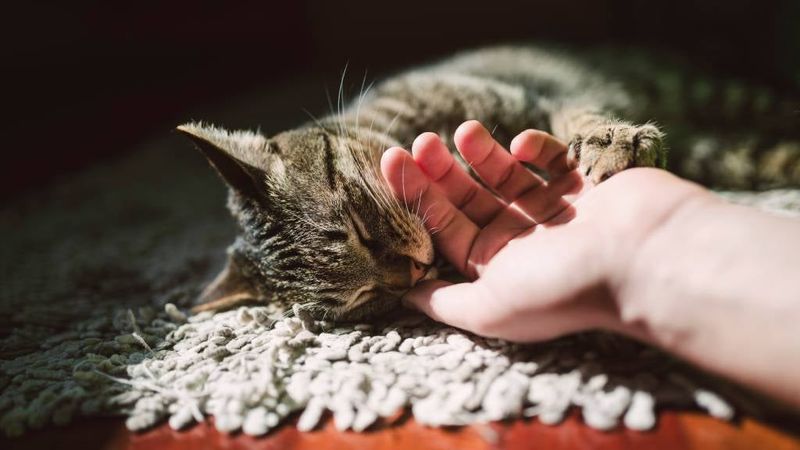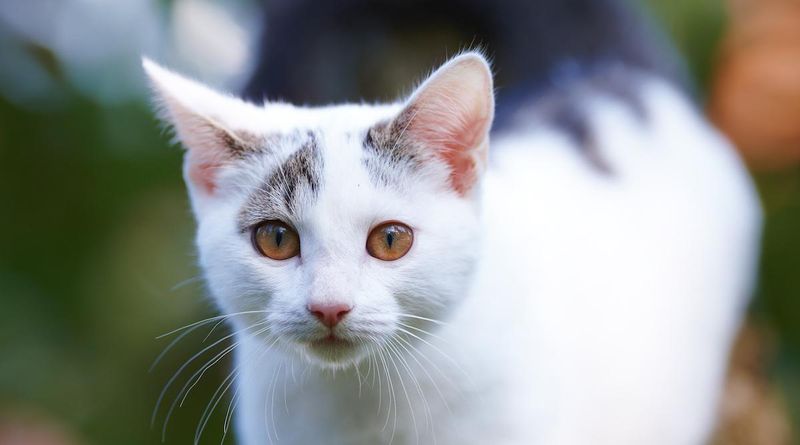📖 Table of Content:
Destructive chewing in cats is a common issue that many pet owners face, often leading to damage in the home. Cats may chew on cords, furniture, or other household items, causing frustration and stress for their owners. Understanding why cats chew and how to address the behavior is essential in finding a solution.
Chewing is a natural feline behavior, but when it becomes excessive, it can be a sign of boredom, anxiety, or even teething. Identifying the root cause of the chewing can help in determining the best approach to solve the issue. With patience and the right techniques, it’s possible to redirect this behavior in a positive way.
By making a few adjustments in the environment and providing appropriate outlets for chewing, it’s possible to restore harmony in the home. From using deterrents to offering chew toys, there are many strategies that can reduce destructive chewing. These simple yet effective methods will not only protect your belongings but also help your cat develop healthier habits.
1. Cat-Proofing Your Home
Preventing destructive chewing begins with creating a safe environment. Consider using cord organizers to keep electrical wires out of reach. Invest in furniture covers to protect against sharp claws and teeth.
By minimizing temptation, you also reduce the chances of your cat engaging in unwanted chewing. Creating barriers or using bitter-tasting sprays on items can further deter curious cats. This method is practical and proactive, ensuring safety without sacrificing comfort.
Regularly inspecting your home for potential chewing hazards can significantly reduce incidents and keep your belongings intact.
2. Regular Playtime
Engage your cat in regular play sessions to burn off excess energy that might otherwise be directed towards chewing. Toys like feather wands or laser pointers can stimulate both physical and mental exercise.
A tired cat is less likely to indulge in destructive behaviors, making playtime an essential part of your daily routine.
Try varying the types of play to keep your cat intrigued and fulfilled. This approach builds a stronger bond between you and your furry friend, while effectively managing chewing impulses by keeping boredom at bay.
3. Provide a Nutritionally Balanced Diet
Sometimes, cats chew due to nutritional deficiencies. Ensuring your cat receives a balanced diet can curb this behavior. Consult with a veterinarian to determine the best dietary plan tailored to your cat’s needs.
High-quality cat food rich in essential vitamins and minerals supports overall health and reduces the likelihood of chewing as a compensatory behavior.
Additionally, incorporating supplements or dental treats can enhance oral health and satisfy chewing desires. A well-fed cat is a happier, more content pet, less prone to destructive habits.
4. Provide Chew Toys
Kittens and adult cats alike enjoy the tactile sensation of chewing on different textures. Providing a range of chew toys can redirect this natural instinct away from your valuable belongings.
Opt for toys made of safe materials like rubber or fabric, each offering a unique texture. Scatter them around the house to keep your cat entertained and curious.
This simple yet effective strategy not only saves your furniture but also provides mental stimulation. Rotate the toys regularly to maintain your cat’s interest and satisfaction. A small investment in toys can lead to a big payoff in harmony.
5. Training and Positive Reinforcement
Training can play a pivotal role in managing your cat’s chewing. Use positive reinforcement to reward good behavior and gently correct undesirable actions. Treats and clicker training can effectively communicate what is acceptable.
Consistency is key; be patient and understanding as cats learn at their own pace. Creating a routine of rewards for non-chewing behavior encourages positive habits.
This method fosters trust and understanding, transforming your relationship from one of frustration to a harmonious coexistence.
6. Consult with a Veterinarian
If chewing persists, a visit to the veterinarian may reveal underlying health issues. Conditions such as dental problems or gastrointestinal discomfort might contribute to your cat’s need to chew.
A professional assessment can provide insight into appropriate treatments or interventions. Vets can recommend special diets, dental care routines, or behavioral therapy.
Addressing health concerns not only alleviates discomfort but also decreases the urge to chew destructively. Professional guidance ensures your cat’s well-being is prioritized.
7. Use of Deterrent Sprays
Deterrent sprays can be an effective tool in discouraging destructive chewing. These sprays have flavors cats dislike, helping to keep them away from furniture and cords.
Applying the spray consistently ensures its effectiveness. Experiment with different brands to find the most suitable one for your cat.
This approach is simple and non-invasive, providing a quick solution without causing harm. Over time, your cat will learn to avoid sprayed areas, reducing the incidence of unwanted chewing.
8. Creating a Stimulating Environment
Cats thrive in environments that offer exploration and adventure. Set up a stimulating space with climbing trees, scratching posts, and interactive toys to keep your cat engaged.
These additions cater to your cat’s natural instincts, diverting attention from destructive chewing. Providing variety in textures and challenges maintains interest and reduces boredom.
This enriching environment supports overall well-being, making your cat less likely to seek entertainment through chewing. A happy cat is a well-behaved cat, thriving in a nurturing and playful habitat.
